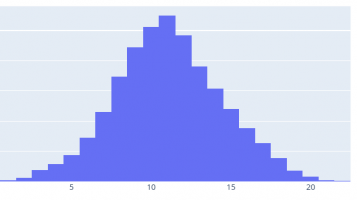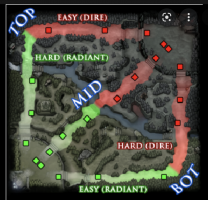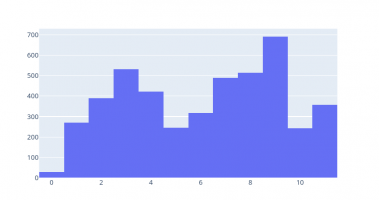MathematicianFromUkraine
New member
- Joined
- Jul 7, 2022
- Messages
- 4
Hi all
For classic games such as football, the number of goals scored in a match is calculated from the Poisson distribution.
Maybe someone knows how to calculate the distribution, for example, of demolished towers in games like Dota.
In this case, we cannot apply the Poisson distribution, since the number of towers is limited in itself, considering that the game ends before all the towers on one side or the other are demolished.
Does anyone have any idea what distribution such towers might fit?
I can draw the distribution itself, but it is the mat part that is of interest that could be summed up
For classic games such as football, the number of goals scored in a match is calculated from the Poisson distribution.
Maybe someone knows how to calculate the distribution, for example, of demolished towers in games like Dota.
In this case, we cannot apply the Poisson distribution, since the number of towers is limited in itself, considering that the game ends before all the towers on one side or the other are demolished.
Does anyone have any idea what distribution such towers might fit?
I can draw the distribution itself, but it is the mat part that is of interest that could be summed up



